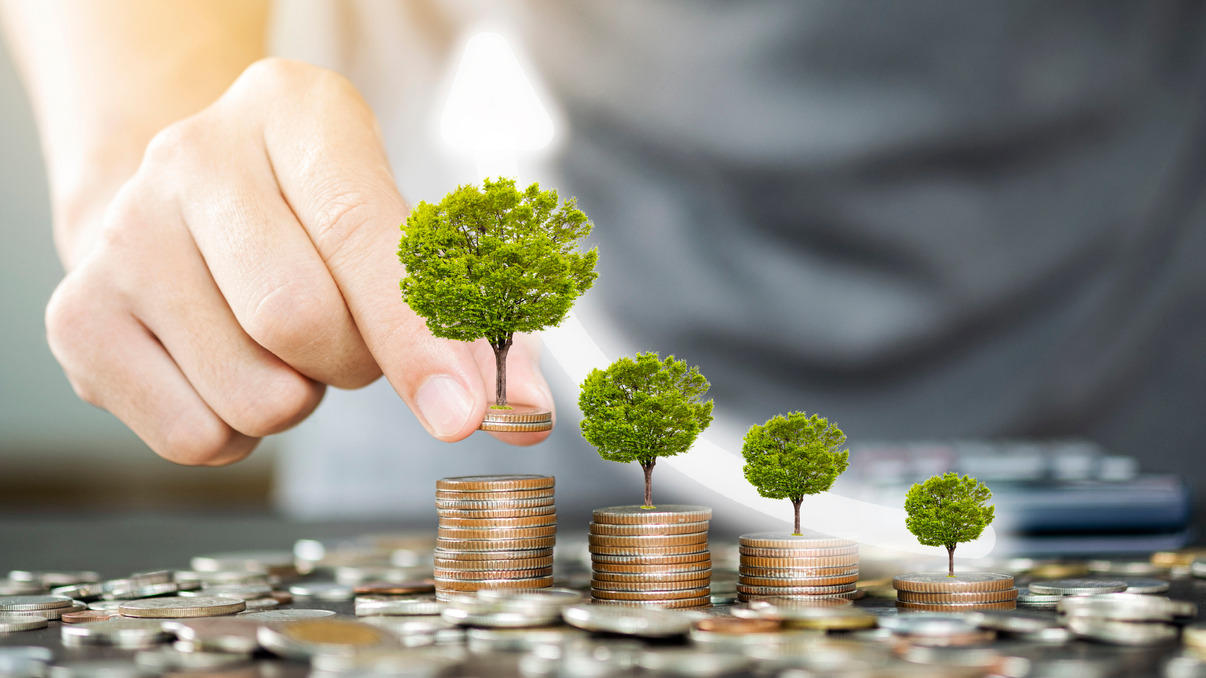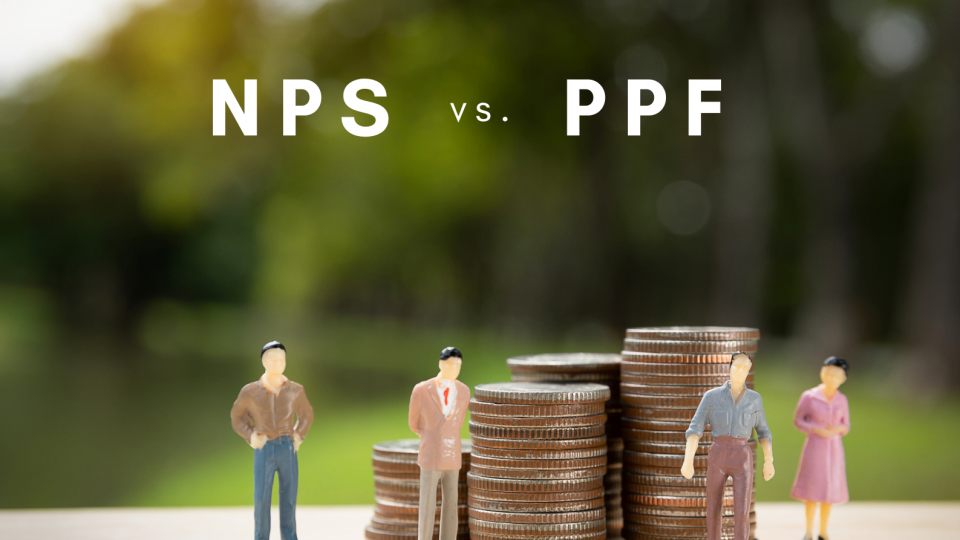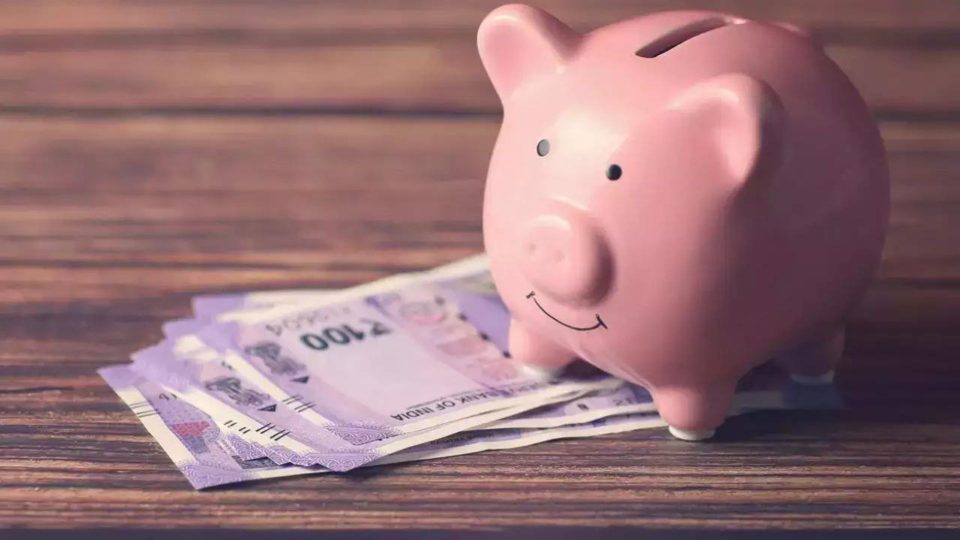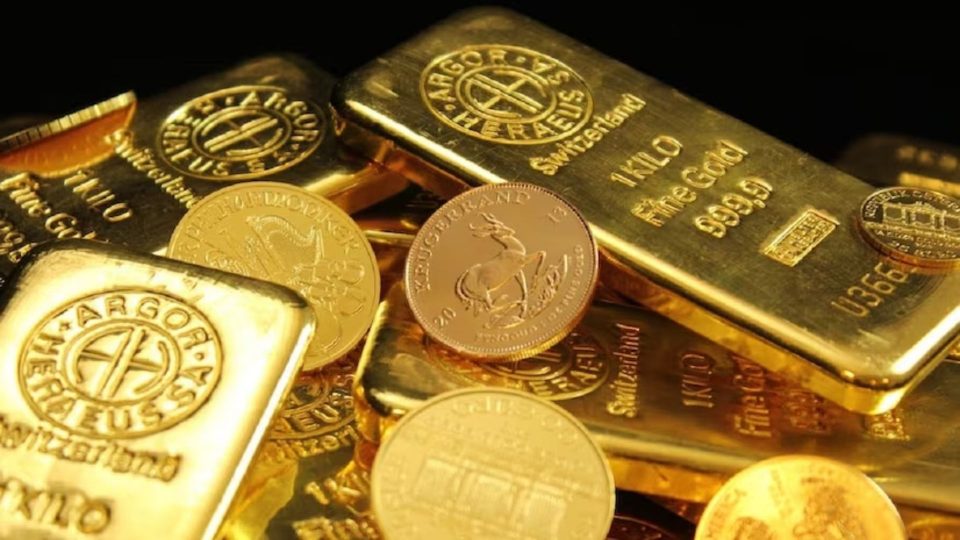As the principal amount invested in Fixed Deposits (FDs) doesn’t fluctuate like the capital invested in equities or equity-oriented Mutual Fund (MF) schemes, people think that FDs are risk-free investments. It’s true that the principal amount in FDs remains stable and investors earn a fixed rate of interest during the investment period, but the inflation inefficiency of FDs makes the investors poorer over the years.

© Provided by The Financial Express
Take, for example, Raju, a risk-averse person who had Rs 20 lakh capital in hand while retiring way back in 2000-01.
As the interest rate was around 10 percent in 2000-01, he happily invested the entire corpus in a bank FD and was getting Rs 2 lakh interest in a year, which was more than sufficient for him to survive at that time. In fact, his actual need was around Rs 1.2 lakh in a year or roughly Rs 10,000 in a month in 2000-01 and he was having a lavish life.
Being a risk-averse person, Raju continues to renew the FD. However, with the interest rates falling and inflation growing, he finds it hard to meet the expenses for essentials.
According to the Cost Inflation Index, a monthly expenditure of Rs 10,000 per month back in 2000-01 became around Rs 31,593 in 2021-22, or about Rs 3,79,114 per year. However, with the interest rate falling to around 7 percent, he is now getting only Rs 1.4 lakh per year and has around Rs 11,667 to spend monthly against the current requirement of Rs 31,539.
So, to keep pace with the inflation, according to the Cost Inflation Index, his corpus should have grown to around Rs 63,18,574 to keep the same purchasing power his corpus of Rs 20 lakh had in 2000-01.
With the dual adversity of a low-interest rates and no growth in his corpus, Raju is now on the verge of getting bankrupt.
Even if the rate of interest remained stable at 10 percent, his capital of Rs 20 lakh would have continued to give him Rs 2 lakh per year or Rs 16,667 per month, which is still way below his current requirement of Rs 31,539 per month.
What he should have done
As his monthly requirement in 2000-01 was Rs 10,000, he would have invested Rs 12 lakh in an FD to get Rs 1.2 lakh in a year and the rest Rs 8 lakh in equity-oriented instruments.
As the BSE Sensex was at 3972.12 points on January 1, 2001, and at 47868.98 points on January 1, 2022, the investment of Rs 8 lakh would have grown to Rs 96,40,994 in the last 21 years, which is much more than Rs 63,18,574, the current purchasing power of his corpus amount of Rs 20 lakh according to the Cost Inflation Index.
Hence, by investing the spare 40 percent of his corpus amount, his current corpus would have been over Rs 1.16 crore now (taking the FD and equity corpus together), and Raju may still have been maintaining the same standard of living, instead of starting at bankruptcy.
So, it’s truly said that taking no risks is the biggest risk.




